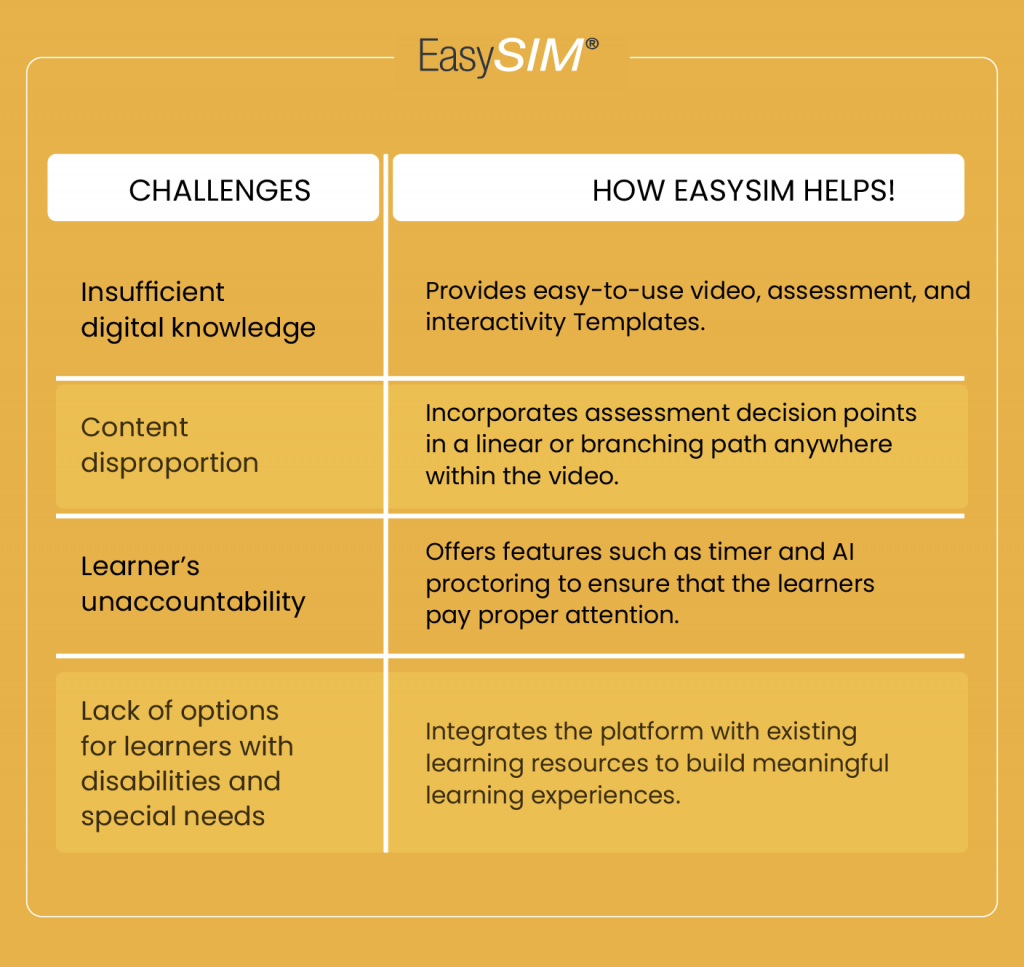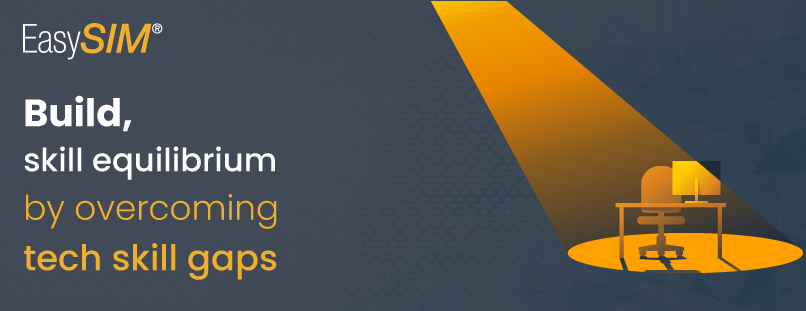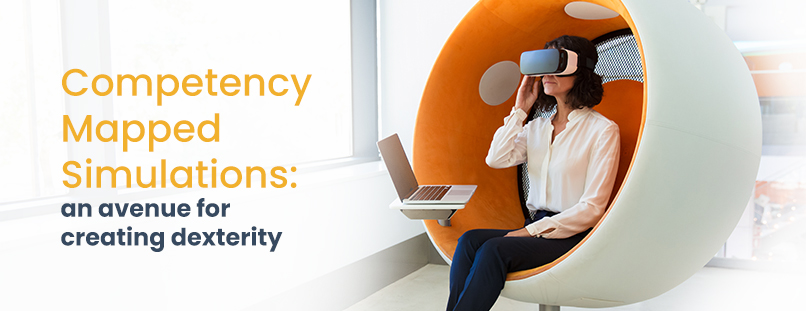The millenium century has seen its share of societal, business, and technological advancements. Video-based learning has come a long way from being used as a film clip during the second world war to a medium of delivering learning and training programs. Thanks to advanced network technologies and electronic devices, it has become one of the most powerful e-learning tools today.
Let’s learn more about video-based learning and how it benefits and detriments the organization.
What is video-based learning?
Streaming platforms such as Youtube and Coursera offer video-based learning through which a learner acquires relevant skills or conceptual knowledge through video.If you observe them closely, you would notice that these videos are designed in such a way to catch a learner’s attention in a fun, interactive and engaging manner. That’s what video-based learning is all about.
In this approach, videos are the main source of attraction which must combine the instructional design principles, learning techniques, audio, texts, images, graphics, and animation to create a meaningful visual learning experience for the learners. It must engage the learner’s attention thoroughly, enabling them to develop cognitive and problem-solving skills, positively impacting their learning process, and helping them retain the information for a long time.
Why is it important?
Sometimes, learners only need a text or audio to understand the concepts. Still, they might need visual cues or a demonstration to grasp the understanding in some situations. In this regard, videos help the learners in a significant way. A well-structured video illustrates conceptual knowledge through visuals, animations, and auditory, allowing learners to quickly comprehend the concepts and retain the relevant information. Many research studies have also proved that using video in a learning and training setting helps the learners attain the learning outcomes and boosts their motivation, satisfaction, and social interaction.
Videos also provide flexibility to the learners, as they are now just a click away from accessing video-based learning. All they need is a great network and electronic devices such as desktops, tablets, mobile and smart TV.
Even for the developers, producing a vibrant and content-rich video is now easier as many highly configurable platforms or software have come up in the market to ease the burden of the developers by providing easy-to-use features and templates. Even a novice can create video-based learning content for the learners.
Time and again, organizations have gained the upper hand over their competitors through videos, yet it has created some particular challenges for the organizations.
Challenges in video-based learning
Let’s review some challenges faced by the organization while developing the video-based learning programs for the learners.
- Insufficient digital knowledge
There is an acute shortage of skilled employees in this field. Although many people in the current generation are digitally literate, only specialists work on developing meaningful learning videos. An individual must acquire adequate knowledge of various video production tools and software available in the market to create engaging and interactive videos.
- Content disproportion
The organization faces problems while developing the video. Some video-based learning platforms provide a basic video layout that includes pre-assessment, video content, post-assessment, and revision. It may cause the learners to feel disengaged, demotivated, and distracted while going through long videos, content, assignments, quizzes, and other pointless interactive activities. Instead of engaging them in a fun way, it may result on the contrary. A learner only needs a minute distraction to leave the video unfinished.
- Learner’s unaccountability
As there is no in-person interaction between instructors and learners, there is no accountability for what they do while engaging with the video, whether they are concentrating on the program or doing their work.
- Lack of options for learners with disabilities and special needs
Society is progressing positively; people who were suffering from long-term impairments are now getting the deserved attention. Yet, there is no special arrangement for learners with disabilities and special needs. There is a lack of video-based learning opportunities for learners with special needs in the market.
Even though some challenges arise while doing video-based learning, many e-learning platforms worldwide are now focusing on resolving these problems so that the quality of learning and training education do not hamper. EasySIM is one such e-learning platform that provides highly configurable and on-demand video-based learning experiences to help organizations and learners attain learning outcomes without any barriers. It is designed to accelerate the learning process in the learners via micro video. These videos are often embedded with text, images, graphics, and interactivities such as assessments, quizzes, and gamification.
EasySIM: A simulated learning and assessment platform
Here’s how EasySIM is addressing the major issues faced by the organizations:

Conclusion
Video-based learning is one of the effective tools that an organization can use to impart knowledge to learners, enhancing their job performance and work productivity in the process. But it is clear that solely incorporating video-based learning will not do the job. Instead, organizations require more than a video to utilize the full efficacy of video-based learning. By integrating EasySIM with the learning and training processes, an organization can develop a compelling video-based learning framework where learners can achieve their desired learning outcomes without communicative and geographical barriers.
Read more: Why are simulations the preferred learning technique today?






























